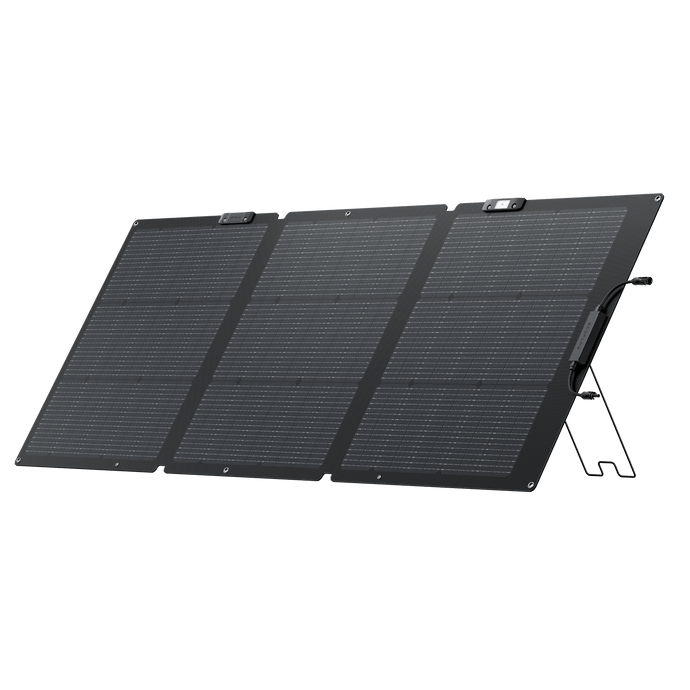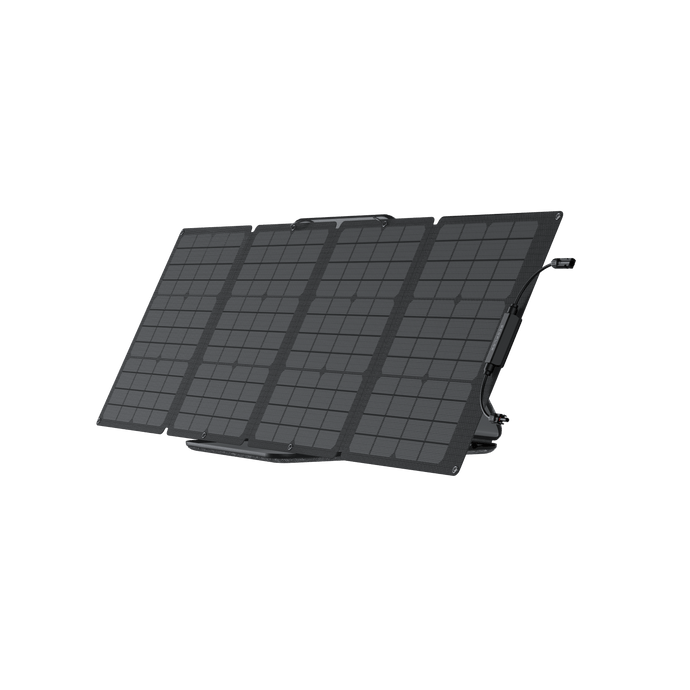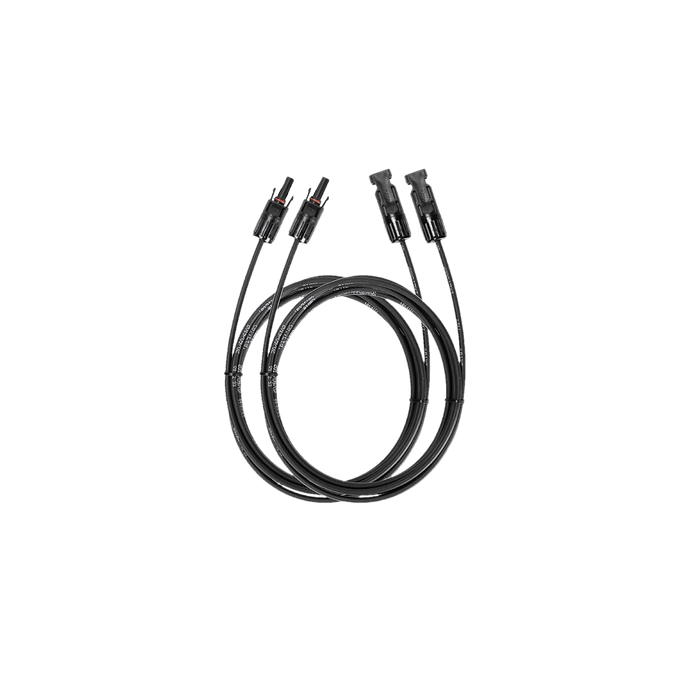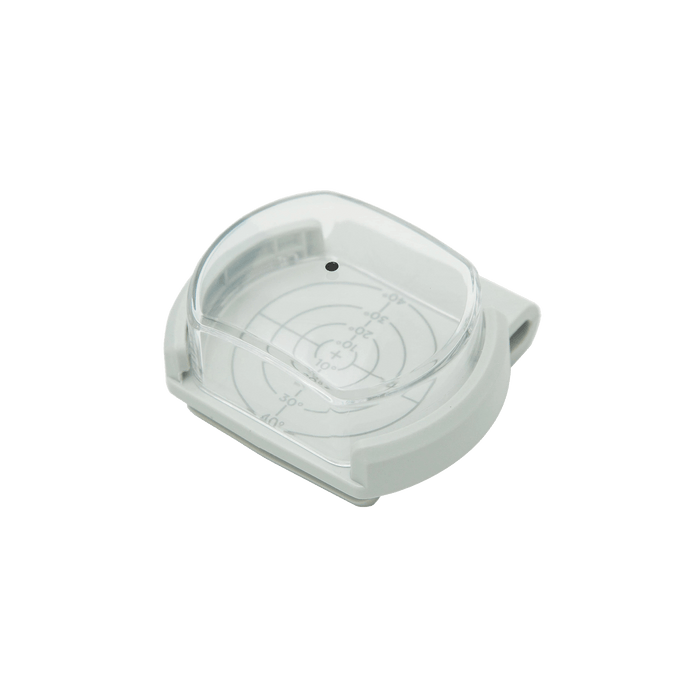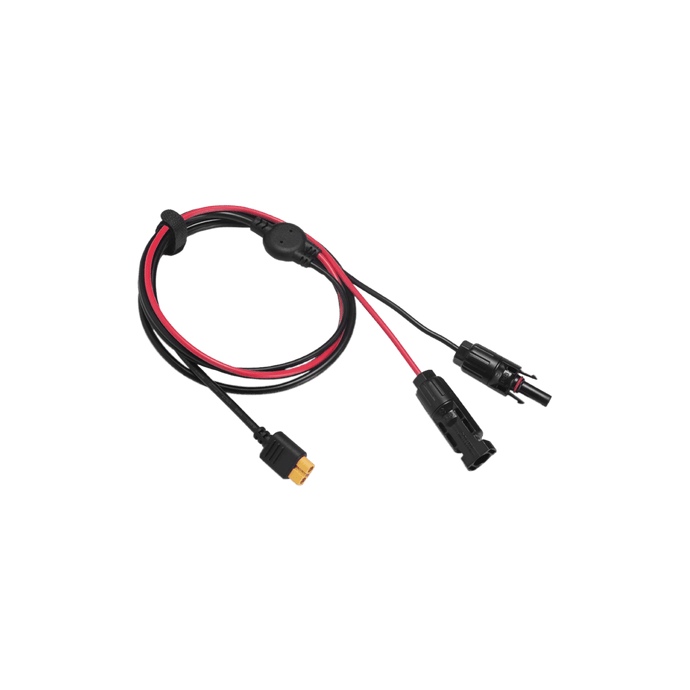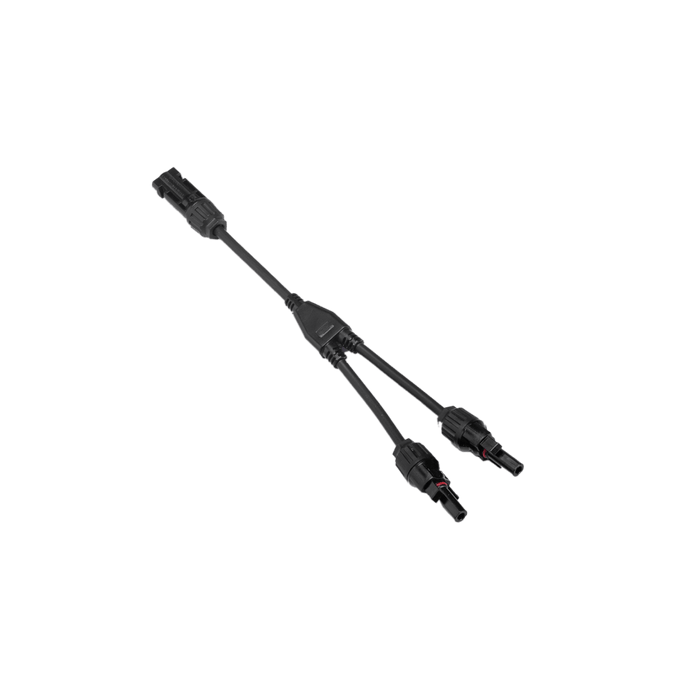

Accessories
EcoFlow Solar Extension Cable
EcoFlow Solar Angle Guide
EcoFlow Solar to XT60/XT60i Charging Cable
EcoFlow Solar Parallel Connection Cable
EcoFlow 130W RVMax Rigid Solar Panel
EcoFlow HeatGuard Solar Film
DELTA 2 Max + 2 × 130W Solar Panel + 800W Alternator Charger
EcoFlow PowerPulse EV Charger (9.6kW)
around 35 miles added per hour
EcoFlow Power Pulse EV Charger + DELTA Pro Ultra Battery
around 35 miles added per hour
FAQ
All solar panels — including rigid and portable solar panels — that generate electricity from sunlight do so using the photovoltaic effect. Solar panels are the most common type of photovoltaic (PV) modules. PV modules capture photons from visible light and convert them into direct current (DC) electricity. Today, over 90% of solar (PV) cells are made from crystalline silicon. Monocrystalline portable solar panels are more efficient than polycrystalline PV modules, meaning they generate more electricity per square meter from available sunlight.
Yes. If the combined rated power wattage of all the portable solar panels in your array meets or exceeds your electricity consumption requirements, it can power your home. Remember that the solar input/charging capacity of your solar inverter and solar battery must support your PV modules’ combined DC output in watts, volts, and amps.
Solar panel efficiency is a specification determined under Standard Test Conditions (STC) in a laboratory. It measures how much electricity a photovoltaic (PV) module per square meter of solar cells can generate in direct sunlight. The most efficient portable solar panels use monocrystalline silicon PV cells and have a 23-25% efficiency rating. It’s important to understand that STCs are rarely achieved in the real world.
The lifespan of portable solar panels varies based on numerous factors, including the photovoltaic materials used and the quality of manufacturing and construction. Because solar panels must be exposed to the elements to function, quality PV modules are durable and built to last up to 25 years or more. Ensure any PV modules you purchase have at least an IP68 rating for water resistance and dust protection.
If you want clean, renewable power to go, portable solar panels are an excellent choice. They’re lightweight and foldable, making them easy to carry with effortless setup anywhere there’s sunlight. Another advantage of portable solar panels vs. fixed installations is that you can easily adjust the position and tilt during the day to maximize direct sunlight. Rigid solar panels are preferable for fixed rooftop solar arrays with multiple PV modules.
Like photovoltaic (PV) module efficiency, the rated power wattage of portable solar panels is determined in a laboratory under ideal Standard Test Conditions (STCs), which rarely exist in the real world. Conditions include solar irradiation equal to 1000 Watts/m² — the equivalent of direct afternoon sunlight. Clouds, shade, and temperature can all negatively impact electricity production. It’s safer to assume that PV modules will produce ~75% of their rated power wattage during daylight hours than relying on them to generate 100%.


